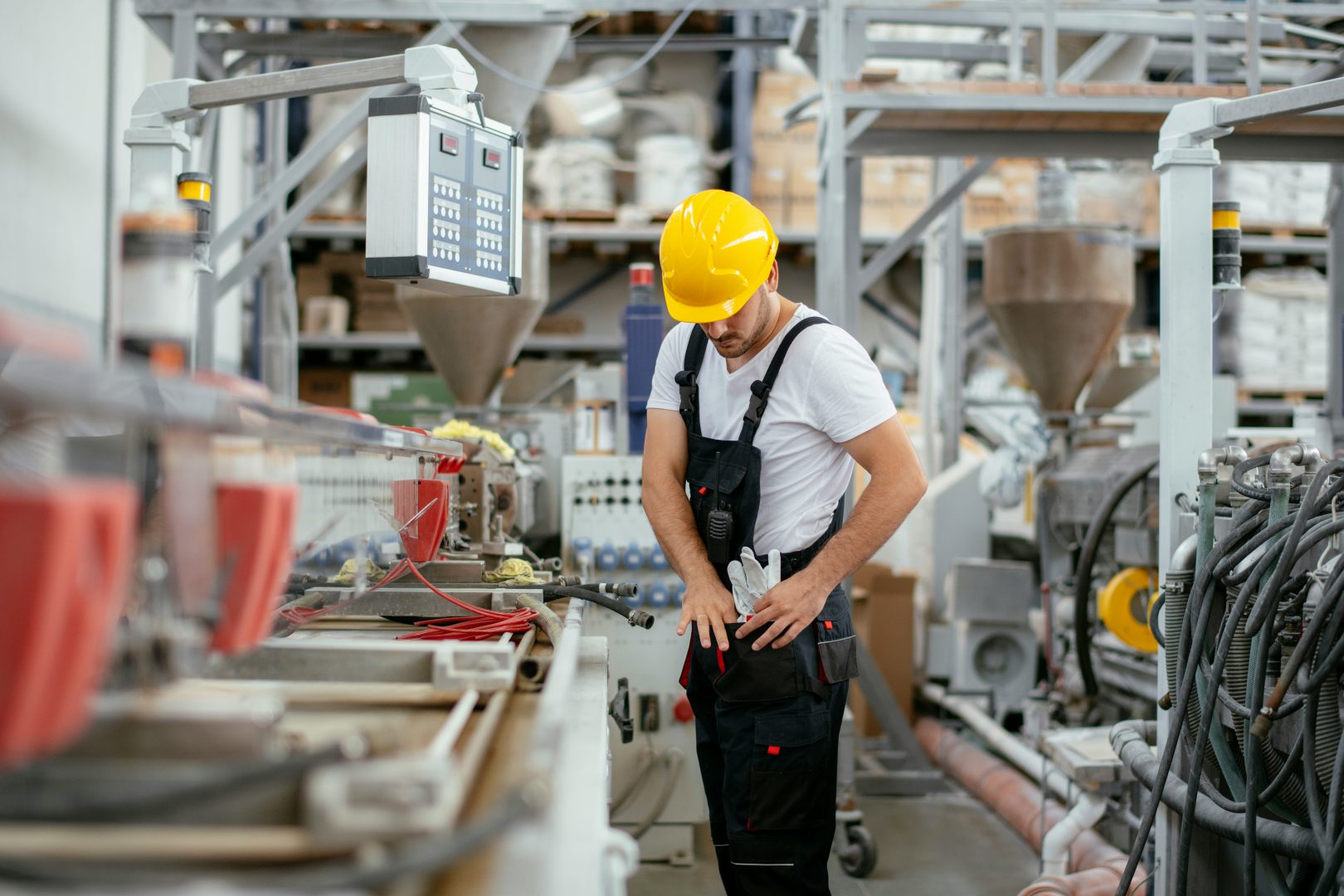As a specialised tool used in manufacturing to shape, cut or form materials, dies are subject to heavy use. Their applications vary but often include tasks such as metal stamping, forging, plastic injection moulding, extrusion, cutting and embossing.
To keep a die in good working order, it requires regular maintenance just like any other tool or piece of machinery.
Pro Moulds provides a range of industrial services to clients in the Nottinghamshire area and beyond.
In today’s post, we will run through an overview of what’s involved in die maintenance.
What Is Die Maintenance?
Die maintenance encompasses all of the steps required to keep die machines functioning correctly. By properly maintaining a die, it helps ensure it will continue to work as expected, and ultimately keep producing high quality products.
The types of maintenance a die can require include preventative maintenance, predictive maintenance and corrective maintenance.
In some cases, die maintenance is a scheduled operation based on the recommended frequency of maintenance. However, there can also be some signs that more urgent die maintenance is needed.
For instance, if the operator is noticing burrs which is when rough edges or ridges appear on the metal piece. Other signs include tolerances that are going out of spec, or seeing the tonnage starting to go up in the press.
Regardless of the maintenance type performed, a maintenance log should be kept on the die so that technicians can see when each component was last serviced and likewise when repairs were last performed.

Cleaning & Inspection
After each production run is complete, it provides the ideal opportunity to check the die including removing any buildup of residue and also inspecting the parts for wear and tear. Identifying cracks, wear marks or misalignments at this early stage can often nip potential costly issues in the bud.
Lubrication
Like all moving machinery, dies require lubrication to minimise friction and ensure the smooth operation of the machine. All moving parts such as guide pins, bushings and cams should be lubricated at the specified times, or if the operator suspects the components are not moving optimally.
Alignment & Calibration
Dies need to be aligned and calibrated to work correctly. During routine maintenance, the machines should be checked for alignment to prevent uneven wear on the machine. Punches and guides should also be properly seated and aligned.
Sharpening & Polishing
To prevent those aforementioned burrs and to also maintain the quality of the cutting surfaces, edges should be sharpened regularly. Forming surfaces should also be polished to reduce friction and improve part quality.
Component Replacement
Once any components are at the end of their lifespan they should be replaced before they reach the point of complete failure. Some common examples of components that may need replacement within a die machine include springs, pins and fasteners. By keeping spare parts on hand this can reduce downtime wherever possible. When not in use, dies should also be stored under a protective covering to protect the machine from dust or contaminants.
Pro Moulds – Discover Our Industrial Services In Nottingham
At Pro Moulds, we provide a wide range of services including laser welding, tool making, mould making and injection moulding. We’re based in Nottingham and serve clients from across the UK.
Let us know more about your project by getting in touch with our team.
Or, give us a call on 01623 904 417 to find out more about the services we provide.
